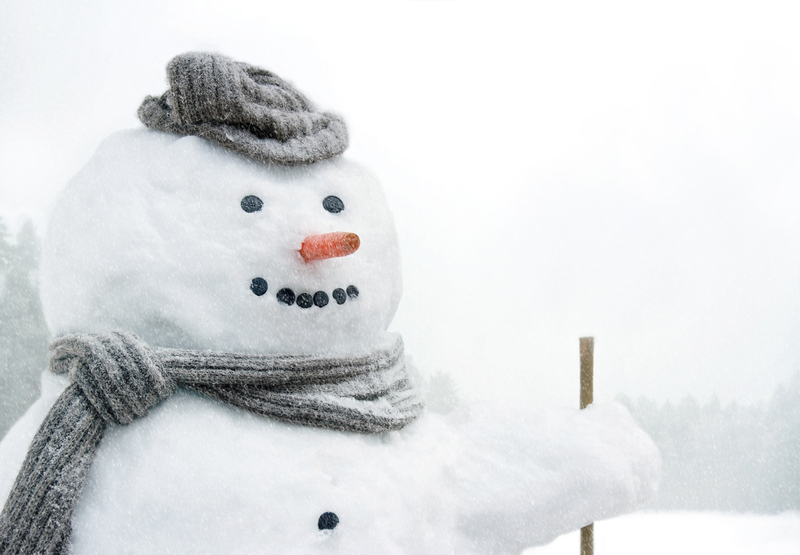Moving House: Garden Preparation Checklist
Posted on 15/03/2025
Moving house is a daunting task that involves more than just packing up your personal belongings. One of the often overlooked areas during a move is the garden. Whether you're a seasoned gardener or a novice, preparing your garden for the move is crucial for ensuring your green oasis is well-maintained and ready for the next occupants or your new home. In this comprehensive guide, we'll take you through a garden preparation checklist for moving house, ensuring that you cover all the necessary bases.
Assess Your Current Garden
The first step in preparing your garden for a move is to assess its current condition. This involves taking an inventory of plants, garden furniture, tools, and any other items that you may have in your garden. Consider the following steps:
- Inventory Plants: List all the plants, shrubs, and trees you have. Note down their health condition, size, and special care requirements.
- Evaluate Garden Furniture: Inspect all garden furniture for damage. Decide which items you want to take with you and which ones you can leave behind or gift to the new homeowners.
- Check Tools and Equipment: Make a list of all gardening tools and equipment. Ensure they are in working order and decide what will move with you.

Plan What to Take and Leave Behind
Not everything in your current garden will be suitable for your new home. It's essential to make a thoughtful decision about what you should take with you and what should stay:
- Consider the Soil: Your new home's soil might be different in composition, which can affect plant growth. Research soil types and prepare accordingly.
- Climate Conditions: Check the climate of your new area. Certain plants may not thrive in different weather conditions.
- Transport Restrictions: Some plants may not be allowed to cross state or country borders due to quarantine laws. Investigate local regulations.
Transplanting Plants
For those who are keen to bring their beloved plants along, transplanting them correctly is crucial for their survival:
Preparing Plants
- Water the plants thoroughly a day before you plan to move them.
- Prune larger plants to make them easier to transport.
Digging Up
- Dig around the plant to preserve as much of the root ball as possible.
- Use a spade to lift the plant out of the soil carefully.
Transporting
- Wrap the roots in damp burlap to keep them moist.
- Place plants in pots or sturdy containers for transportation.
Garden Furniture and Ornaments
Garden furniture and ornaments add a personal touch to your outdoor space. Here's how to handle them when preparing for a move:
- Clean Thoroughly: Clean all garden furniture and ornaments to remove dirt and pests.
- Disassemble if Possible: Disassemble large items like tables and benches for easier transport.
Preparing Your New Garden
Once you've moved, setting up your new garden is the next step. Preparation is key here as well:
- Inspect the New Garden: Assess the condition of the soil, existing plants, and overall layout.
- Plan the Layout: Draw a rough sketch of where you want to place your plants and garden furniture.
- Create a Timeline: Some plants may need to be planted immediately, while others can wait.

Settling In: Plants and Layout
The way you introduce your plants to their new environment can significantly affect their survival and growth:
- Acclimate Your Plants: Gradually expose your plants to the new environment by starting them in a shaded area and slowly moving them to their permanent spot.
- Monitor Watering: Keep an eye on the watering needs of your plants. New plants often need more frequent watering as they establish themselves.
- Amend the Soil: Add compost or fertilizers to enrich the new soil, giving plants a nutrient boost.
Conclusion
Moving house is a complex process, and the garden is an integral part of it. By following this comprehensive garden preparation checklist for moving house, you can ensure that both your old and new gardens remain beautiful and cared for. Assess your current garden, plan what to take and leave behind, properly transplant plants, and carefully set up your new garden to make the transition as smooth as possible. With meticulous planning and a little effort, your green sanctuary can continue to thrive and bring joy to your new home.

















